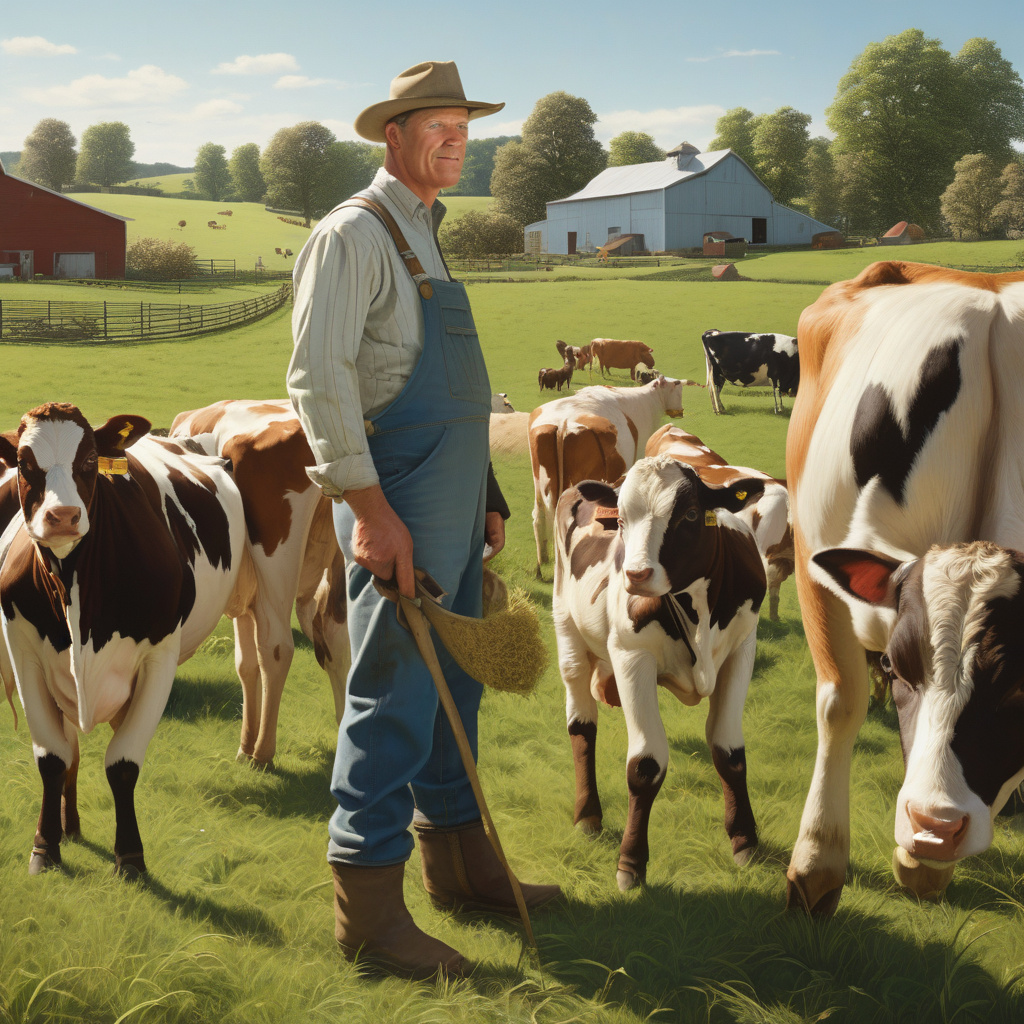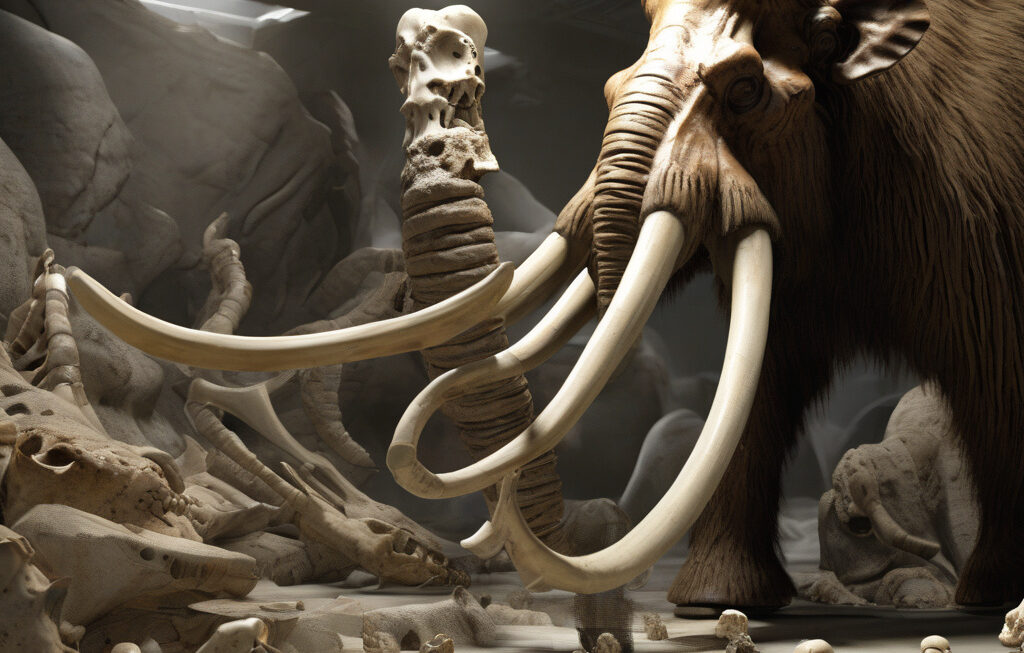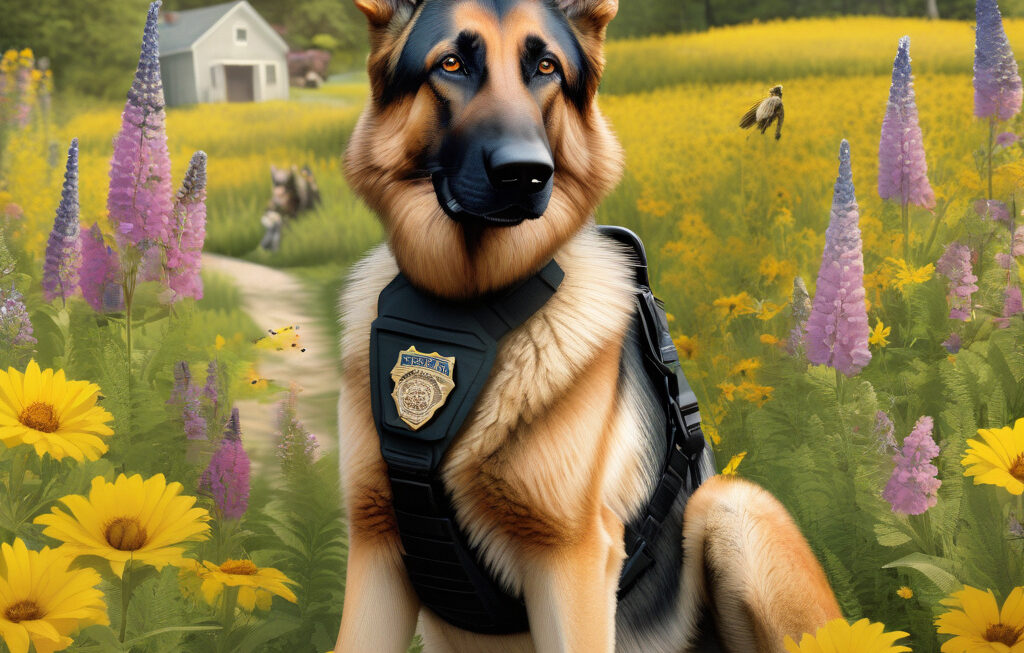Advancing Animal Husbandry: Methods, Challenges, and Innovations
Animal husbandry, the science of breeding and raising livestock, has been a cornerstone of human civilization for millennia. From the domestication of wild animals to the selective breeding of livestock for desirable traits, the practice of animal husbandry has evolved significantly over time. In today’s world, with the ever-growing challenges of climate change and food security, there is a pressing need to advance animal husbandry methods to ensure sustainable and efficient livestock production.
One of the key aspects of advancing animal husbandry is the adaptation of reproductive strategies to enhance climate resilience and food security. Climate change has brought about unpredictable weather patterns, extreme temperatures, and the spread of diseases, all of which can significantly impact animal health and reproduction. By developing reproductive strategies that are resilient to these challenges, farmers can ensure the continuity of their livestock production even in the face of environmental uncertainties.
Challenges in advancing animal husbandry methods are diverse and multifaceted. One of the primary challenges is the increasing demand for animal products due to population growth and changing dietary preferences. This demand puts pressure on farmers to produce more livestock, often leading to unsustainable practices such as overgrazing and deforestation. Additionally, the rising concerns about animal welfare and the use of antibiotics in livestock production further complicate the challenge of advancing animal husbandry methods.
Innovations in animal husbandry are crucial for addressing these challenges and moving towards more sustainable and efficient livestock production. One such innovation is the use of assisted reproductive technologies (ART) to improve breeding outcomes and genetic diversity in livestock. ART techniques, such as artificial insemination and embryo transfer, allow farmers to select for desirable traits in their livestock and accelerate genetic progress.
Another innovative approach is the use of precision livestock farming technologies, such as sensors, robotics, and data analytics, to monitor and manage livestock production systems more effectively. These technologies enable farmers to track animal health and behavior in real-time, optimize feed efficiency, and reduce environmental impact. By embracing precision livestock farming, farmers can improve productivity, animal welfare, and sustainability in their operations.
Furthermore, advancements in genomics and biotechnology offer new possibilities for enhancing animal husbandry methods. Through genetic selection and gene editing techniques, farmers can breed livestock with improved disease resistance, productivity, and environmental adaptability. These technologies hold great promise for the future of animal husbandry, paving the way for more resilient and sustainable livestock production systems.
In conclusion, the evolution of animal husbandry is crucial for meeting the challenges of climate change and food security in the 21st century. By adapting reproductive strategies, addressing key challenges, and embracing innovations in the field, we can ensure the continued success and sustainability of livestock production. As we move forward, it is essential to prioritize research and development in animal husbandry to create a more resilient and efficient food system for future generations.
The post Advancing animal husbandry: Methods, challenges, and innovations appeared first on Innovation News Network.
animalhusbandry, livestockproduction, sustainability, climatechange, innovations












